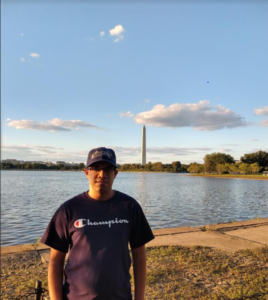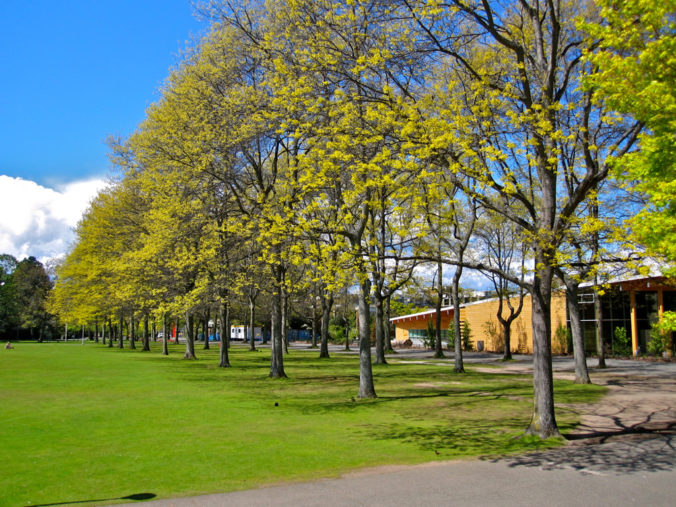Identify the Risks and Benefits of engaging with a Public Audience in a Media Space
Engaging with a public audience using social media comes with many benefits and risks. In Jody Vance’s interview, she mentioned some of the benefits such as how social media helped her build trust, reliability and reputation with the public audience. Social media gave her an opportunity to network and build up her brand to make her more authentic and reputable to people as commentator. In Jody’s case, this helped her even receive a job offer where she was contacted through a private message. However, this does not apply to all occupations and professions. For example, lawyers and government official might have to be more careful because their social media posts might be probed more thoroughly. This was one of the risks that was mentioned Jody’s interview, where she mentioned that engaging with the public audience can help build up your reputation over long period of time but can crumble in a heartbeat due to one mistake. Moreover, another risk using social media for public engagement is that the connection formed might not be at a deep level unless you go out of your way to meet in real life.
How to best address negative replies and critiques reflective of your personal values and
employer social media policy?
Engaging with a public audience will mean that there will be possibility to receive negative feedback and critiques. When this happens, it is important to stay calm and reflect on your personal values. It is easy to loose your cool during these types of situation and engage with the critiques in a negative fashion. By reflecting upon your values, it is important to stand by them and back them up. However, if the critique is inappropriate then it is important to ignore or delete the comment if possible. Sometimes, your employer might require you to not argue with critiques in a manner that paint them in bad way. Users should also be careful deleting replies made by your followers because silencing a crowd can make them more upset and leave more negative messages. In Jody’s case, she mentioned that she received lot of criticism because she was a female in the sports reporting industry. However, she stayed by her personal values and push backed confidently.
How do notable individuals use social media?
I want to give examples of some prominent athletes that use social media to not only promote their brands but also in the form of advocating for changes in their society. NBA player LeBron James is a good example where he would voice his concerns for racial inequality and police shootings in the United States. This shows that social media can be used more than just networking or building your brand but also advocate for positive change in your society.
References:
- Hirst, M. (2018). Navigating Social Journalism: A Handbook for Media Literacy and Citizen Journalism (1st ed.). Routledge. https://doi-org.ezproxy.library.uvic.ca/10.4324/9781315401263
- MILLER. (2021c, February 28). EDCI 338 – JODY VANCE. YouTube. https://www.youtube.com/watch?v=dgZOJgJkdyI




Recent Comments